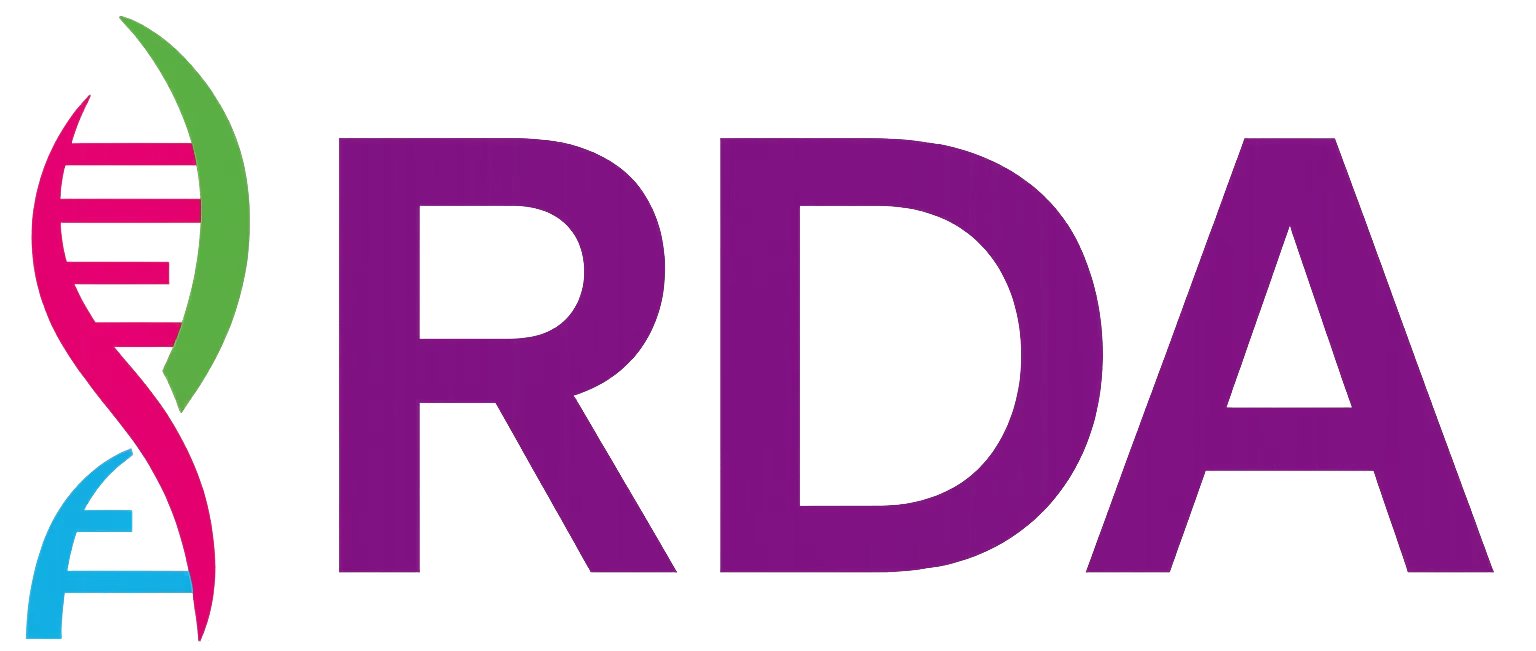Atypical Hemolytic Uremic Syndrome (aHUS)
Home / Atypical Hemolytic Uremic Syndrome (aHUS)
Atypical Hemolytic Uremic Syndrome (aHUS)
Atypical Hemolytic Uremic Syndrome (aHUS): Advances in Complement Inhibition Therapy
Atypical hemolytic uremic syndrome (aHUS) is a rare, life-threatening disease characterized by uncontrolled activation of the complement system—a part of the body’s immune defense. This dysregulation leads to widespread thrombotic microangiopathy (TMA), which causes blood clots in small vessels, resulting in organ damage, particularly affecting the kidneys, heart, and brain.
Unlike typical HUS, which is often triggered by Shiga toxin-producing bacterial infections, aHUS is primarily caused by genetic or acquired abnormalities in complement regulatory proteins. These abnormalities lead to chronic, excessive complement activation even in the absence of infection, making early diagnosis and targeted therapy critical.
Complement Inhibition: Ultomiris (ravulizumab)
Ultomiris® (ravulizumab) is a long-acting C5 complement inhibitor and the first FDA-approved therapy specifically indicated for aHUS. It works by blocking the terminal complement protein C5, thereby preventing the formation of the membrane attack complex (MAC) that drives endothelial damage and thrombosis.
Ultomiris is administered via intravenous infusion every 8 weeks following a loading dose, offering patients a more convenient dosing schedule compared to earlier treatments like eculizumab. Clinical trials have demonstrated that Ultomiris leads to rapid and sustained TMA response, improvements in kidney function, and reduced need for dialysis.
The ALXN1210-aHUS-311 study played a pivotal role in its approval, showing a TMA response in over 50% of adults and pediatric patients within the first 26 weeks of treatment. Importantly, Ultomiris also exhibited a favorable safety profile and was well-tolerated across age groups.
Diagnostic Considerations
Early recognition of aHUS is essential, as delayed treatment can lead to irreversible kidneydamage and multi-organ failure. Key diagnostic features include:
- ● Microangiopathic hemolytic anemia (MAHA)
- ● Thrombocytopenia
- ● Acute kidney injury
aHUS should be suspected in patients with these features, especially in the absence of a Shiga toxin-producing infection or ADAMTS13 deficiency (which would suggest TTP instead).
Genetic testing for complement gene mutations can confirm the diagnosis and help identify family members at risk, though treatment should not be delayed while awaiting results.
Future Directions in aHUS Treatment
The approval of Ultomiris marks a new era in the management of aHUS, shifting the treatment paradigm toward long-term complement blockade with improved patient quality of life. Research is ongoing to further personalize therapy based on genetic profiles and to explore the role of complement inhibition in other rare diseases marked by TMA.
Additionally, real-world studies and post-marketing surveillance continue to assess the long- term outcomes of Ultomiris, particularly its impact on kidney function preservation, healthcare utilization, and relapse prevention.
Your Financial Contribution Can Help Us Fund Critical Programs & Initiatives

Quick Links
Rare Diseases
Contact Us
For general questions about our organization, our mission, or how you can get involved, please email us. We endeavor to respond to all inquiries
